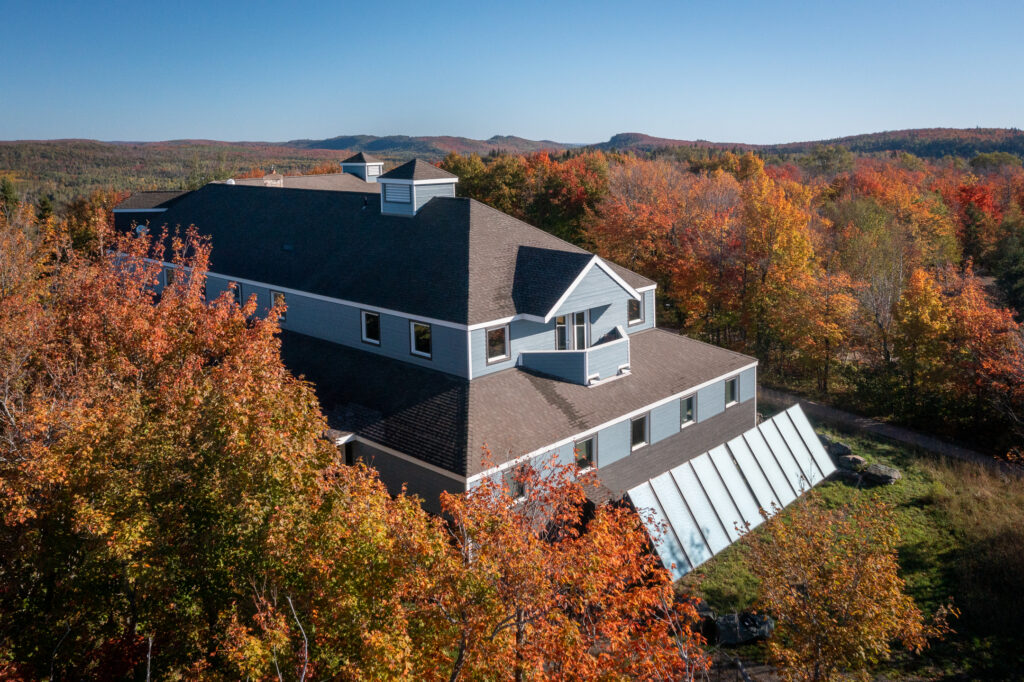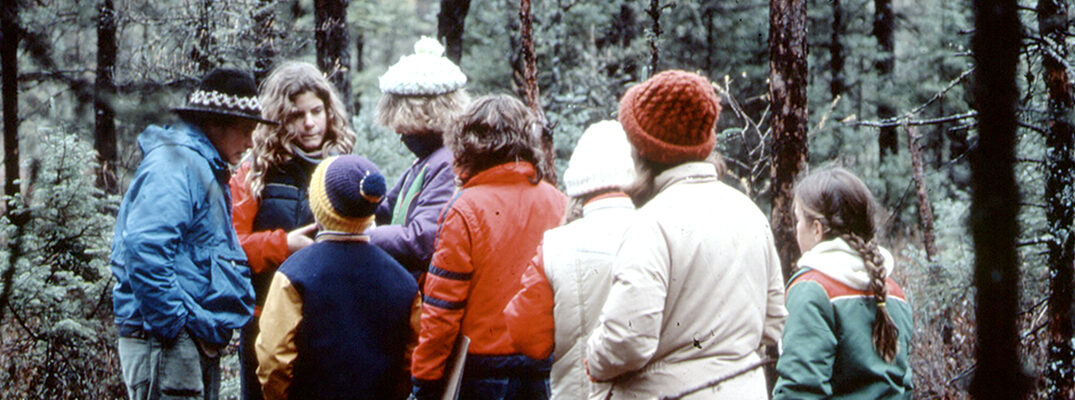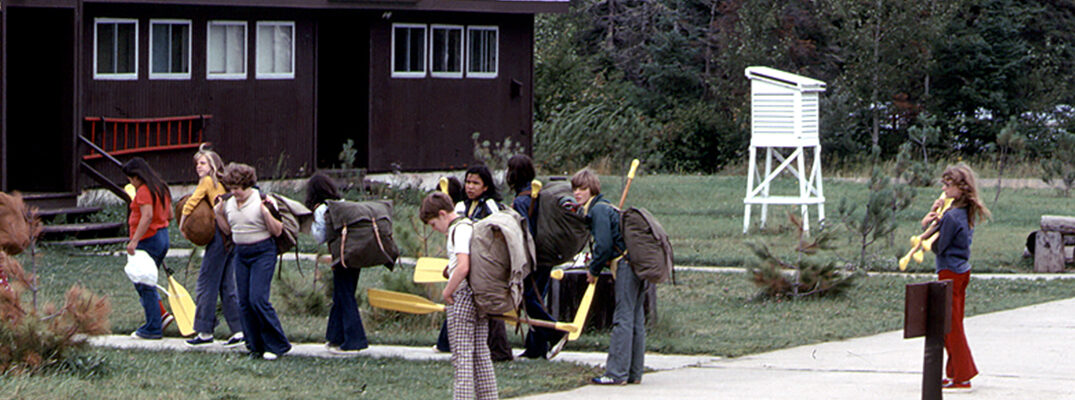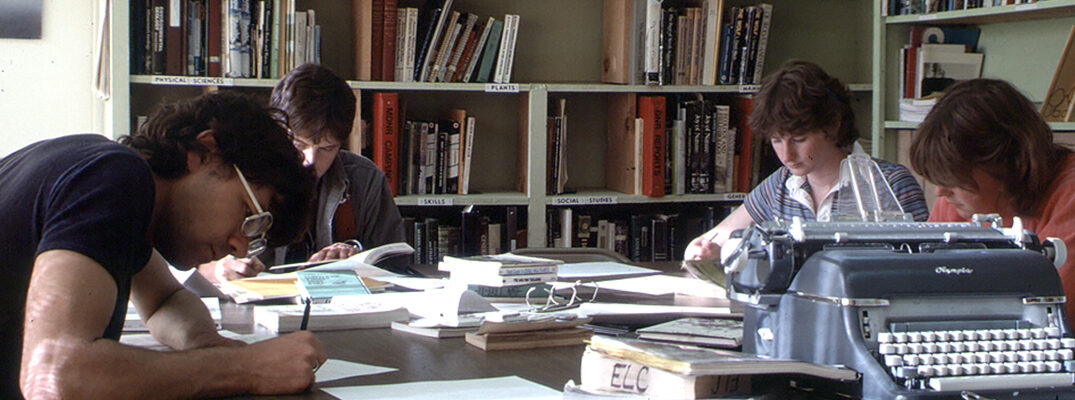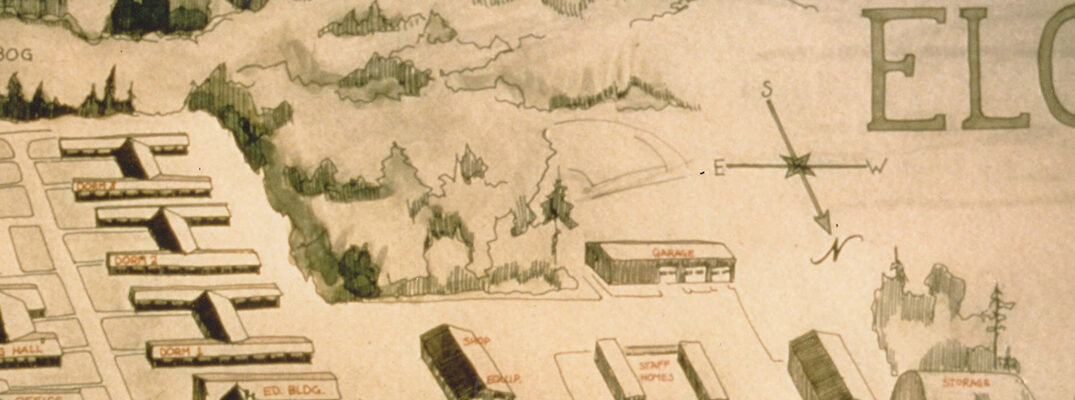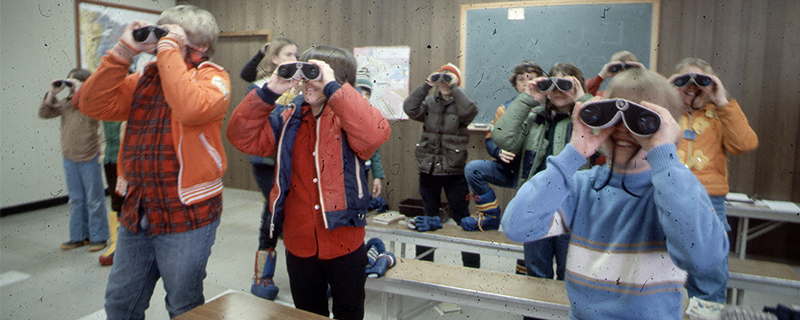
Our Legacy
It started with students concerned about the environment – and a belief in their future.
In 1970, a Cloquet, Minnesota social studies teacher at the local high school named Jack Pichotta worked with his students to organize a week-long event dedicated to learning about the environment and human impact on it. All other classes were put on hold.
The event took place April 6-10, 1970, just a few days before the first official Earth Day.
The student group behind the project, Students Concerned About a Ravaged Environment (SCARE), wrote more than 700 letters inviting politicians, teachers, community, and religious leaders to speak on topics like urban issues, conservation, pollution, and population.
Among the 135 speakers who accepted an invitation to participate were former U.S. Vice President Hubert H. Humphrey and Minnesota’s 8th District Congressman John Blatnik. Congressman Blatnik would go on to author the Clean Water Act in 1972.
Students from around northeastern Minnesota attended the first day of events.
In 1971, Pichotta helped establish the Environmental Learning Center (ELC) at the site of a former Job Corps facility in Isabella, Minnesota.
When the ELC moved to its current site in Finland, Minnesota in 1988, the name was changed to Wolf Ridge Environmental Learning Center.
A classroom with no boundaries.
In 1980, Wolf Ridge Environmental Learning Center became the first environmental learning center in the nation to be accredited as a K-12 school. Today, more than 12,000 children, teachers, and chaperones visit our campus annually, many for multi-day immersive outdoor experiences on our 2,000-acre campus.
Our students come from all over, from more than 175 schools in communities across Minnesota, North Dakota, Wisconsin, and Illinois because of our unique location – located south of the Boundary Waters and overlooking the North Shore of Minnesota’s Lake Superior.
Our broad spectrum of year-round environmental and outdoor learning programs for children, families, seniors, and college students serve an additional 3,000 people each annually, including our summer camps and family programs.
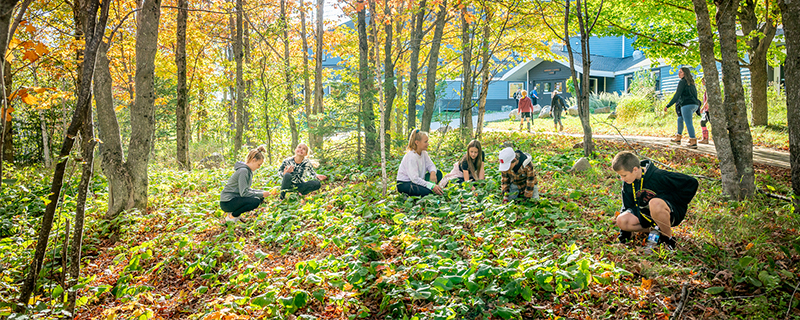
A campus built as a teaching tool.
We believe our buildings should serve as a teaching tool for sustainable living and construction.
In 2021, the Margaret A. Cargill Lodge (MAC Lodge) received Living Building certification from the Internationa Living Future Institute for, among many things, achieving Net Positive Energy and Net Positive Water over a 12-month period, proving the 22,000 square foot, renovated dormitory generates more energy than it consumes. It was the first in the upper Midwest region (Minnesota, Wisconsin, North Dakota, South Dakota), and the 30th building worldwide, as well as the coldest design climate ever, to achieve this certification, which exceeds LEED standards set by the U.S. Green Building Council.
The impact of the MAC Lodge is both global – changing the paradigm to how we can give more than we take, away from Net Zero to focus upon Net Positive buildings – and local. Each year thousands of visiting students stay at the MAC Lodge where display monitors in the dorm rooms and lobbies offer an instant visual representation of water and energy usage in the building, a small lesson with the potential for a lifelong impact.
